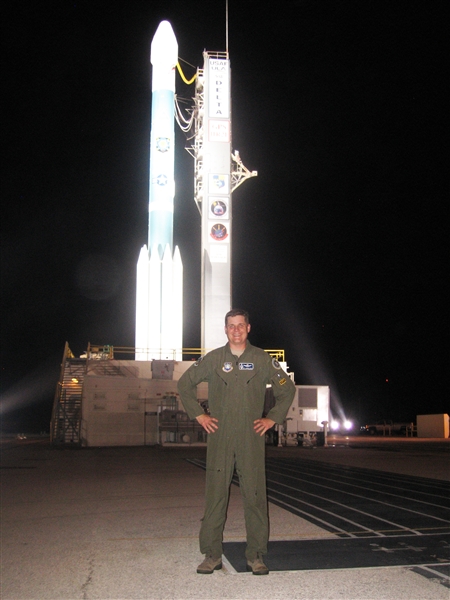WASHINGTON, April 8, 2011 — Seven months after his soldiers became the last combat brigade to deploy to Afghanistan as part of the troop surge, Army Col. Sean M. Jenkins reported promising signs of progress in remote but strategically important Paktika province.
Violence has increased as expected during the spring thaw, Jenkins, commander of the 101st Airborne Division’s 4th Brigade Combat Team, acknowledged during an interview yesterday with American Forces Press Service. Many enemy leaders who left the region or went underground during the winter appear to have returned.
The number of “significant activities” tripled in the past week alone, from the high teens to more than 50, Jenkins reported.
Despite this increase, Jenkins said he has growing confidence in the capability of Afghan security forces in his area of responsibility, and in the work his own troops have done to establish conditions for their long-term success.
Of 3,200 operations conducted since his “Currahee Brigade” arrived in their sector of Regional Command East last summer, about 2,000 have been combined U.S.-Afghan operations, Jenkins said. The Afghan military and police forces have conducted roughly 1,200 operations unilaterally, he said, demonstrating not only the capability, but also the will to succeed.
“You see the patriots in their ranks,” Jenkins said. “You really see the ones that go out and get after it .…They want a better Afghanistan.”
Jenkins estimated that at least 80 percent of the movement across Paktika province’s 200-kilometer border with Pakistan is legitimate — tribal people traveling between the two countries to visit their families, trade or seek medical care.
The challenge is identifying illicit trans-border movement. To get at this problem, the U.S. soldiers and their Afghan partners have established checkpoints along the main traffic routes. In many cases, Afghan security forces man them independently.
“What this is doing is showing the people, ‘Look, the Afghan government is here,’ ” Jenkins said. “And they can see that it provides security for the area and the region.”
In addition, sensors like those posted along the southern U.S. border are being installed along the Afghanistan-Pakistan border. “We have some and are getting more and more each day, where you can get movement target indicators,” Jenkins said. “It doesn’t mean it’s friend or foe; it just tells you something is moving at this point and place.”
These indicators, along with intelligence provided by Persistent Threat Detection System aerostats, help provide a more complete “pattern analysis” about enemy activity that shapes counterinsurgent operations, he said.
As his troops work with their Afghan partners to confront enemy forces in Paktika province, Jenkins emphasized the lengths they go to prevent civilian casualties and other collateral damage.
It’s an issue Army Maj. Gen. John F. Campbell, the 101st Airborne Division commander, reinforces regularly as he emphasizes the importance of getting positive identifications before using force. “If you injure or harm the people you are trying to protect, it is awfully hard to convince them … that we are here for good,” Jenkins said.
Since deploying to Afghanistan, Jenkins has sent 69 4th BCT soldiers for joint forward observer training in Germany so they’re better able to identify and articulate exact requirements when they call in air support.
It “makes a difference,” he said of the training that’s developed by noncommissioned officers and junior artillery officers. “Because if we have to be kinetic, we try to put the right amount of force against the target and nothing more. And doing that can be tough in our [area of operations].”
Jenkins said his troops have learned over time how to go through the complex decision-making required make a positive identification. “You go through this process: ‘Is it friendly or is it enemy? Is it an immediate threat or imminent threat or is it something we can live to fight another day?’ ” he said.
“We don’t want to make a mistake,” Jenkins said. “We want to protect our soldiers’ lives always. They always have a right to self-defense. But you also want to look at it from as many different angles as we can.”
As his troops take every precaution possible to protect civilian lives, Jenkins said he’s reassured seeing the local population getting more directly involved in security within the province.
“The people are standing up,” he said, noting that a couple hundred local residents recently joined the community-based security plan initiative, the equivalent of a stateside “community watch.”
In one of the more-remote areas of the province where U.S. forces haven’t driven for more than two years, locals have stepped forward to partner in security so they can reopen the area to humanitarian assistance, medical support and education.
“They have come in and said, ‘We want to do this community-based security. We will keep the paths open and there will be no [improvised explosive devices],’ ” Jenkins said. “This is what they want.”
Source:
U.S. Department of Defense
Office of the Assistant Secretary of Defense (Public Affairs)

 von
von 